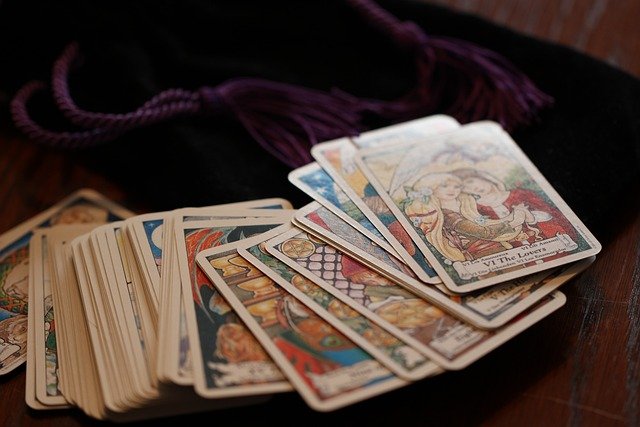Tarot Reading: How It Works and What to Expect
Tarot reading is a method of exploring questions, patterns, and possibilities using a deck of symbolic cards. Readings vary in style and purpose: some people seek insight about relationships or career choices, others use tarot for reflective or creative work. Tarot does not provide guaranteed predictions; readers interpret symbols, spreads, and intuition to help clients consider perspectives and options. Many readers emphasize personal responsibility and practical follow-up rather than treating a reading as a fixed fate.

What is tarot reading?
Tarot reading uses a deck—most commonly 78 cards—divided into Major and Minor Arcana. Major Arcana cards often represent larger life themes, while Minor Arcana suit cards reflect daily situations and influences. Readers shuffle and lay out cards in a spread (a pattern with positional meanings) and interpret card images, numerology, and their relationships. Interpretation draws on traditional meanings, the reader’s experience, and the client’s context; methods range from structured, textbook approaches to intuitive, narrative-driven readings.
How does tarot differ from palm reading?
Tarot and palm reading (palmistry) are distinct practices. Tarot uses symbolic cards and visual narratives to explore questions over time or theme. Palm reading examines the physical features of the hand—lines, mounts, shape, and texture—to interpret tendencies and potentials. Where tarot emphasizes symbolism and situational guidance, palmistry (also called chiromancy) focuses on bodily markers as a language of character and life patterns. Some practitioners combine both to offer layered perspectives, but each has its own techniques and traditions.
What is palmistry (chiromancy) and the hand’s role?
Palmistry, or chiromancy, studies the hand as a map of personality and life course. Practitioners read major lines (heart, head, life) and mounts (fleshier pads associated with planets) as indicators of emotional style, mindset, and vitality. The shape and proportions of the hand—finger length, palm shape, symmetry—are also considered. Interpretations are symbolic and culturally shaped rather than strictly empirical; experienced palmists blend observation, historical meaning, and client dialogue to form a coherent reading rather than presenting absolute facts.
How to prepare for a tarot or palm reading?
Preparing helps you get the most from a reading. Clarify one or two focused questions or state the area you want to explore (for example, relationships, career, personal growth). Avoid overly broad or time-specific demands like exact dates—readers usually work better with themes and choices. Be ready to discuss context honestly and to reflect on suggested actions afterward. For palm readings, having clean hands and being relaxed can aid observation. Record the session—notes or audio—with the reader’s permission to review insights later.
Finding local services and what to expect
When looking for local services, search for readers who describe their methods and ethics clearly. Many offer in-person and online sessions; formats vary from 15-minute introductions to hour-long consultations. Ask about experience, referenceable client feedback, confidentiality, and whether the reader blends practices (tarot and palmistry) if that matters to you. Rates and availability differ widely; reputable readers set boundaries, avoid deterministic language, and encourage practical next steps. Expect interpretations to be conversational, with space for your questions and reflections.
Tarot reading and palmistry are interpretive tools that can support self-reflection, decision-making, and creative thinking. They are most useful when combined with critical thinking and personal agency: consider readings as prompts for exploration rather than fixed outcomes. Whether you consult tarot cards, study the lines of the hand, or use both, look for practitioners who prioritize clarity, consent, and ethical guidance so the experience contributes constructively to your planning and self-understanding.






